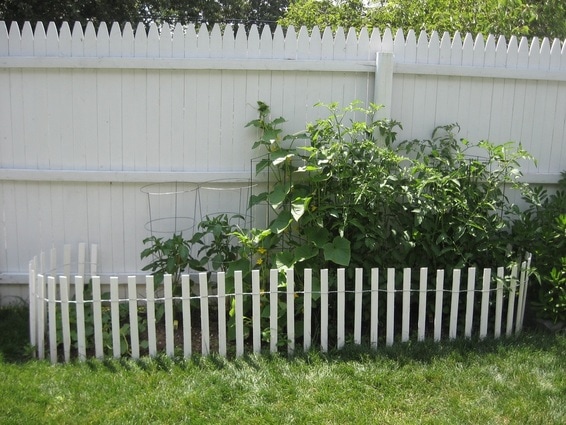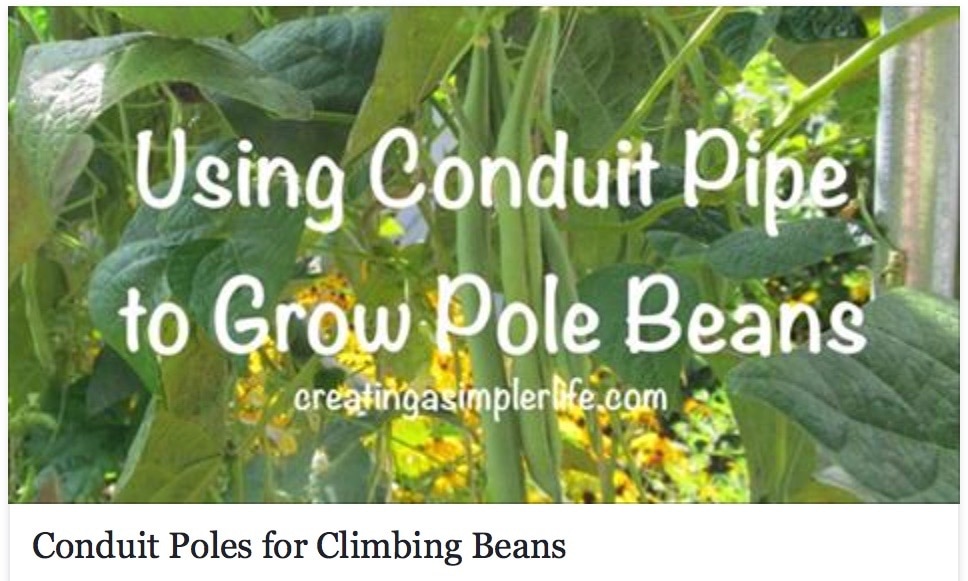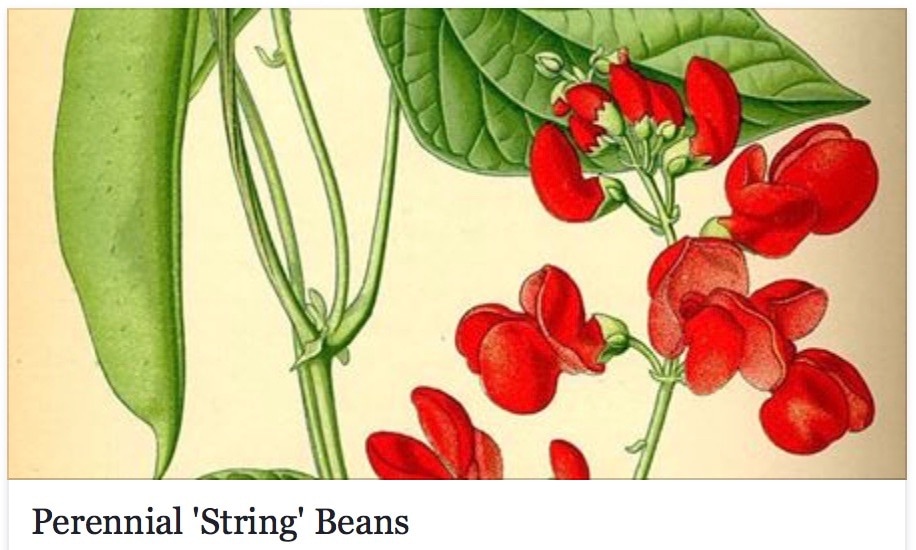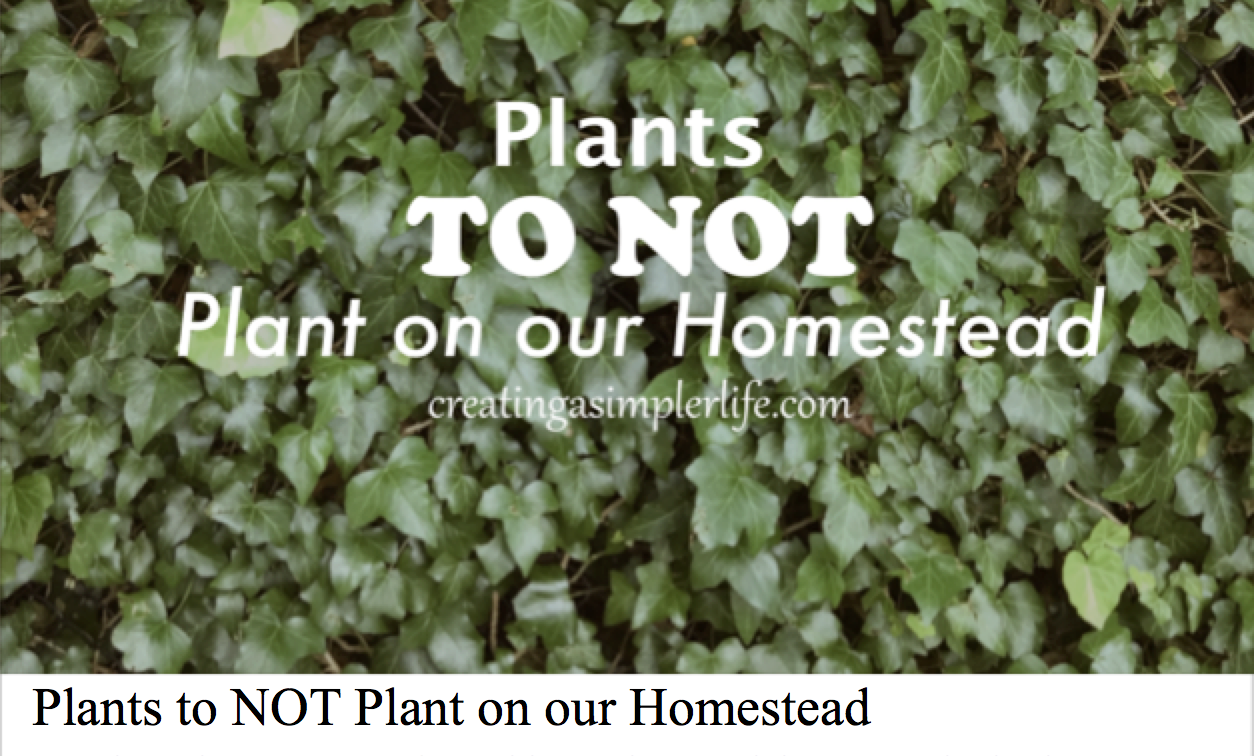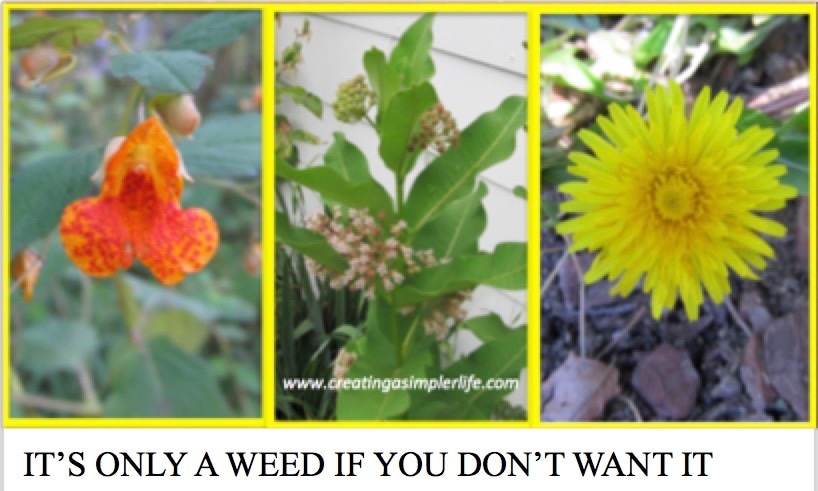Building The Garden
From pots to plots!
-
PAST GARDEN
-
STRING BEAN POLES
-
PRESENT GARDEN
-
FUTURE GARDEN
<
>
Our First Garden
Our first garden was seriously small. In fact, it was literally 1.5 feet wide by about 7 feet long and was situated along our back yard fence. You can see it in the picture to the right. We grew tomatoes, cucumbers and peppers. Not much, but the point is that even though it was really small we enjoyed it tremendously. In fact, we enjoyed the fresh vegetables so much that the next year we made a bigger and more permanent garden! Whether it is small, big, or even just in pots, having your own home grown fresh vegetables to eat every day is simply wonderful!
Our first garden was seriously small. In fact, it was literally 1.5 feet wide by about 7 feet long and was situated along our back yard fence. You can see it in the picture to the right. We grew tomatoes, cucumbers and peppers. Not much, but the point is that even though it was really small we enjoyed it tremendously. In fact, we enjoyed the fresh vegetables so much that the next year we made a bigger and more permanent garden! Whether it is small, big, or even just in pots, having your own home grown fresh vegetables to eat every day is simply wonderful!
Our Garden Before 2018
Our second, and final, garden was much more permanent and did cost some money.
We purchased screened topsoil (a large delivery dumped in our front yard), and a roll of inexpensive mini picket wire fencing (we already had one roll from the inexpensive garden the year before). Everything else was made with extra materials we already had.
Over the years our garden has expanded and changed dramatically. We now have the rows perpendicular to the fence and we have raised beds made with recycled plastic deck planking and rebar.
Check out the slide show below! And the videos of planting and picking in 2016!
Our second, and final, garden was much more permanent and did cost some money.
We purchased screened topsoil (a large delivery dumped in our front yard), and a roll of inexpensive mini picket wire fencing (we already had one roll from the inexpensive garden the year before). Everything else was made with extra materials we already had.
Over the years our garden has expanded and changed dramatically. We now have the rows perpendicular to the fence and we have raised beds made with recycled plastic deck planking and rebar.
Check out the slide show below! And the videos of planting and picking in 2016!
|
|
TEMPORARY MOBILE PALLET GARDEN
SINCE WE ARE BUILDING OUR OFF GRID HOUSE, WE REALLY DON'T HAVE A PLACE TO GARDEN, SO WE BUILT A QUICK TEMPORARY GARDEN ON A PALLET WITH SOME BUCKETS, CATTLE PANEL, & PLASTIC (SO IT IS ALSO A TEMPORARY GREENHOUSE) AND THE PLANTS ARE DOING GREAT SO FAR!
In the future we plan on living on the 30 acres we purchased in the Adirondack park. As we move forward with these homesteading dreams, it is our intention to plant with purpose on our land. What this means is that we intend to choose each and every plant that goes in the ground very carefully. Decisions will be based upon the following factors:
Our main goals are being planned with three methods in mind and we are reading and learning everything we can as we continue to plan out the design of our homestead:
Lastly, it is very important to also know exactly what we absolutely DO NOT WANT to plant and we have compiled a pretty hefty list by trial and error over the years!
- Planting zone - will the plant grow with no problem in our zone? Or is the plant valuable enough that we will grow it in our future greenhouse?
- Climate - how much water will the plant need and will our climate provide it? Will the plant survive the seasonal changes?
- Water - how much water does the plant need? Will the climate provide what the plant needs or will we have to water it regularly?
- Soil type - is the plant suited for the soil on our land or will it require added materials?
- Care & maintenance - will the plant require a lot of maintenance such as regular pruning, does it spread too easily and become invasive, or will it require special care to make it through the harsh Adirondack winters?
- Purpose - does the plant have value? In other words, is it edible, medicinal, or is it simply decorative, or possibly all of the above?
Our main goals are being planned with three methods in mind and we are reading and learning everything we can as we continue to plan out the design of our homestead:
- Edible Landscaping - We really want to choose plants that are super easy to maintain, basically growing on their own, and are edible! Believe it or not, there are a lot of options out there! We especially want edible perennials that will come back every single year.
- Agro-forestry also called Forest Gardening - a way of preserving the forest and gardening beneath the forest canopy. Plants are planted to compliment each other with respect to providing nutrients that they need, as well as for local wildlife, and human consumption.
- Permaculture - this is more of an entire land design, but we like this idea as well because it uses zones that include the design of the home, raising animals, annual plantings, perennial plantings and the forest around. It is also big on utilizing the water that is available on the land including rain.Lucky for use we also have a small seasonal stream and an area that is very moist so we are considering potential plants that like wet areas such as the Ostrich Fern (fiddleheads!), cranberries, and black walnut trees.
Lastly, it is very important to also know exactly what we absolutely DO NOT WANT to plant and we have compiled a pretty hefty list by trial and error over the years!
|
|
|
